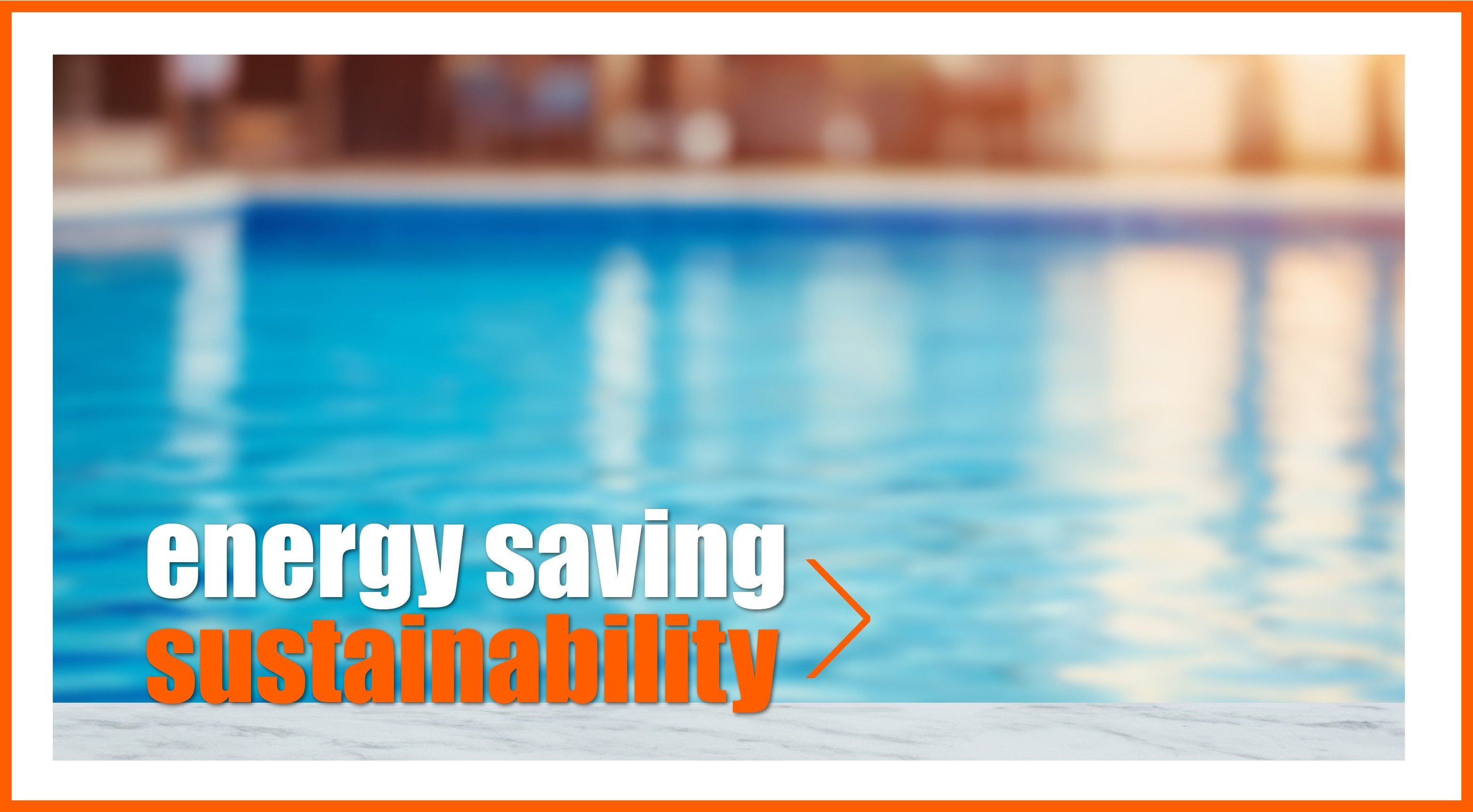How to make your pool more efficient, sustainable, and low consumption.
Winter is definitely behind us, and with the arrival of the warm season, it’s time to think about reopening the pool. This is the moment to focus on maintenance and best practices to enjoy relaxing swims in total peace of mind.
Spring is the ideal season to take care of pool components, clean, replace filters, and schedule a shock water treatment.
But it can also be the opportunity to make a technical assessment and consider upgrades to improve the pool’s efficiency and sustainability. In short, let’s ask ourselves: how can we transform our pool into a low-consumption, low-impact system?
Variable speed pool pumps: a smart choice.
Water quality is always the essential starting point. No swim is pleasant if the water isn’t crystal clear and clean. And to ensure healthy water, an appropriate filtration system is necessary. We’ve already seen how there are essentially two water circulation systems—skimmer or overflow—each suited to different types of pools. In all cases, the pump is the heart of the system.

Filtration requires that the water be treated several times throughout the day: generally, two complete cycles every 24 hours are necessary. For this reason, it is essential to calculate the filtration time correctly, considering both the water volume to be treated and the pump’s flow rate. A pump with a lower flow rate will require longer filtration times. In general, to maintain good water quality, a pump should operate between 6 and 12 hours a day, depending on the size and use of the pool.
In this context, choosing a variable-speed pump is a strategic decision: it allows for optimized energy consumption and better system management.
Quiet, energy-efficient pool pumps.
When choosing a pool pumping system, two main features must be considered. One relates to comfort: the pump’s quiet operation, which is now guaranteed by many models. The other, equally important, is the ability to reduce energy consumption. A variable-speed pump adjusts its operating speed—i.e., motor revolutions—based on the actual needs of the pool, instead of always running at full power. When not needed, the pump runs at lower speeds, consuming less energy, while higher flow can be programmed when required.
Even small speed reductions result in significant savings. In fact, it is estimated that a variable-speed pool pump can save up to 80% in electricity. Just set the operating speeds and you're good to go! The higher initial investment is thus quickly repaid through reduced energy costs. Moreover, running at optimal speeds causes less wear and tear, ensuring a longer service life.
Automated pool disinfection system.
In addition to an excellent circulation and filtration system, clear and sparkling water requires an effective disinfection system. Those looking for a safe yet sustainable pool can consider installing an automatic saltwater electrolysis system, which uses salt to naturally generate chlorine. A way to save time, chemicals, and energy.
Just add a few grams of table salt to the pool water and install one of these salt chlorinators on the filtration system. When the water passes through the electrolysis cell, a magnetic field splits the salt molecule, releasing chlorine—the disinfecting agent. Then, thanks to the sun’s UV rays, the chlorine molecules recombine into salt and the cycle restarts.
This not only helps keep chlorine levels stable in the pool, but being an automatic process, it avoids the waste often associated with manual dosing.





















